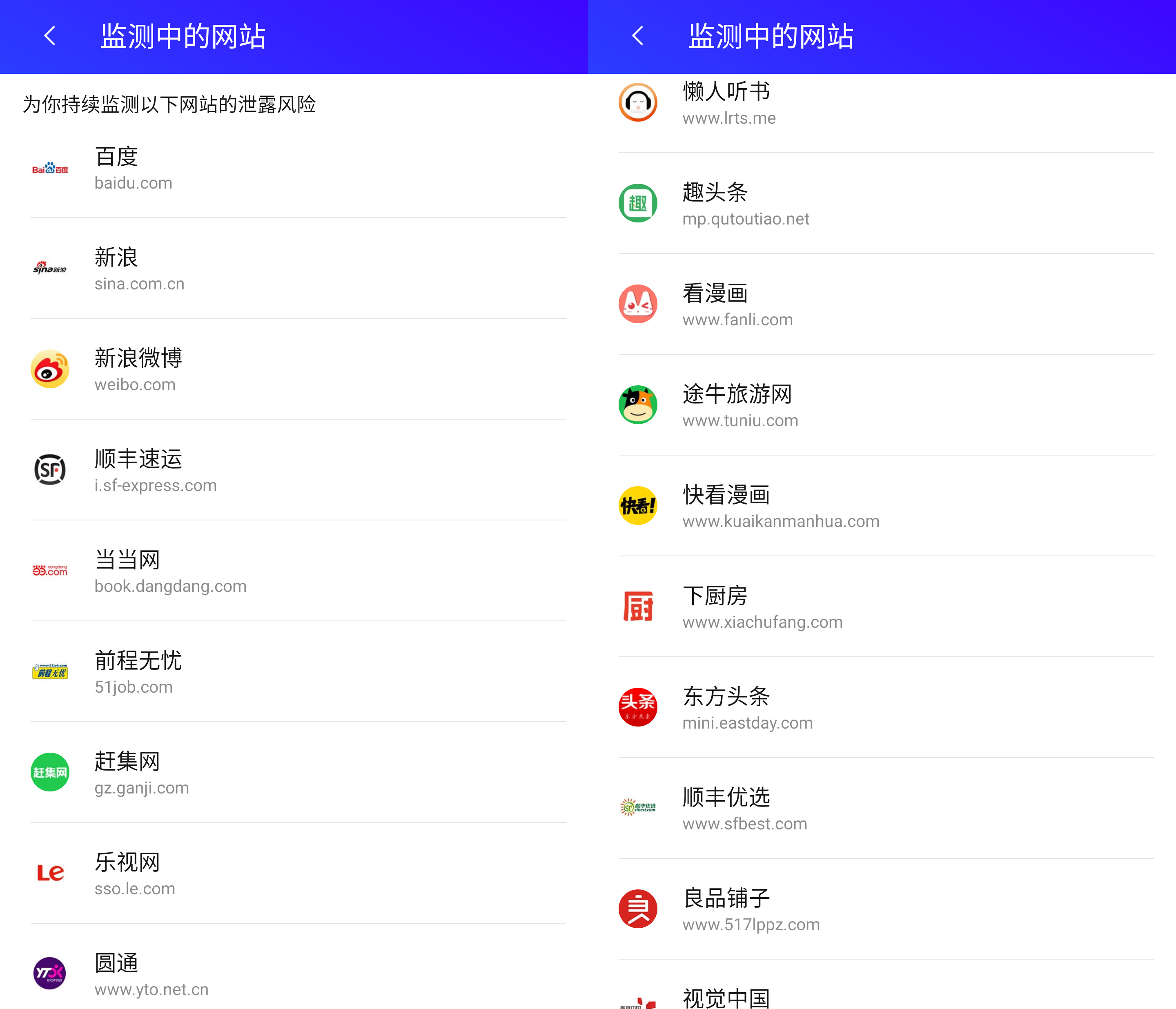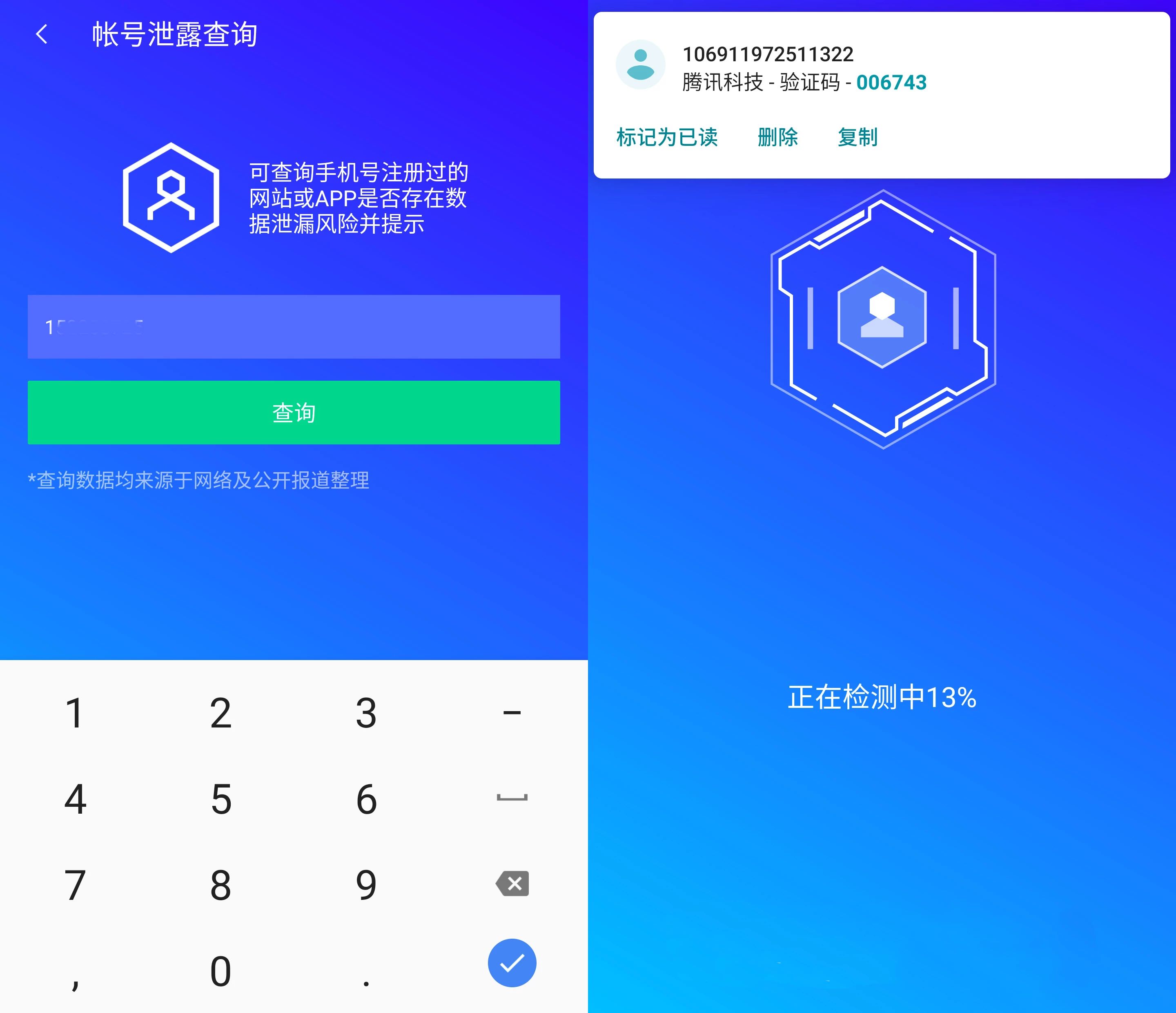实现SSM(Spring + SpringMVC + MyBatis)登录注册功能主要包括以下几个步骤。
创建数据库表
你需要在数据库中创建一个用户表,用于存储用户信息。
CREATE TABLE user (
id INT PRIMARY KEY AUTO_INCREMENT,
username VARCHAR(50) NOT NULL UNIQUE,
password VARCHAR(50) NOT NULL,
email VARCHAR(100),
created_at TIMESTAMP DEFAULT CURRENT_TIMESTAMP
);第二步:创建实体类
创建一个对应于数据库表的实体类。

public class User {
private Integer id;
private String username;
private String password;
private String email;
// getter和setter方法...
}第三步:创建DAO接口及映射文件
使用MyBatis,你需要创建一个DAO接口以及对应的映射文件,用于与数据库交互。
DAO接口:
public interface UserDao {
User login(String username, String password);
void register(User user);
}映射文件(UserMapper.xml):
<mapper namespace="com.example.dao.UserDao">
<!-- 登录 -->
<select id="login" resultType="com.example.entity.User">
SELECT * FROM user WHERE username = #{username} AND password = #{password}
</select>
<!-- 注册 -->
<insert id="register" parameterType="com.example.entity.User">
INSERT INTO user (username, password, email) VALUES (#{username}, #{password}, #{email})
</insert>
</mapper>第四步:创建Service和ServiceImpl类
创建Service接口和对应的ServiceImpl类,用于处理业务逻辑。
Service接口:
public interface UserService {
User login(String username, String password);
void register(User user);
}ServiceImpl类:
@Service
public class UserServiceImpl implements UserService {
@Autowired
private UserDao userDao;
// 实现login和register方法...
}第五步:创建Controller类处理请求
使用SpringMVC,创建一个Controller类来处理前端请求。
@Controller
public class UserController {
@Autowired
private UserService userService;
// 登录请求处理...
@RequestMapping(value = "/login", method = RequestMethod.POST)
public String login(@RequestParam("username") String username, @RequestParam("password") String password, Model model) {
User user = userService.login(username, password);
if (user != null) { // 登录成功,进行相应处理... } else { // 登录失败,给出提示 }
return "loginView"; // 返回登录视图或其他视图名称...
}
// 注册请求处理... 类似地实现注册功能... 省略具体代码... 返回一个注册视图或其他视图名称... 省略具体代码... } 省略具体代码... } } } } } } } } } } } } } } } } } } } } } } } } }`### 第六步:前端页面实现登录注册功能前端页面可以使用HTML、CSS和JavaScript来实现登录注册功能,一个简单的登录表单可能如下所示:<form action="/login" method="post"><label for="username">用户名:</label><input type="text" id="username" name="username" required><label for="password">密码:</label><input type="password" id="password" name="password" required><input type="submit" value="登录">注册页面类似,只是表单提交后会跳转到注册接口,确保前端页面和后端接口正确匹配,并且后端能够正确处理请求和响应,以上就是使用SSM(Spring + SpringMVC + MyBatis)实现登录注册功能的基本步骤,需要注意的是,这只是一个简单的示例,实际开发中还需要考虑安全性(如密码加密存储)、错误处理、用户验证等多个方面。







